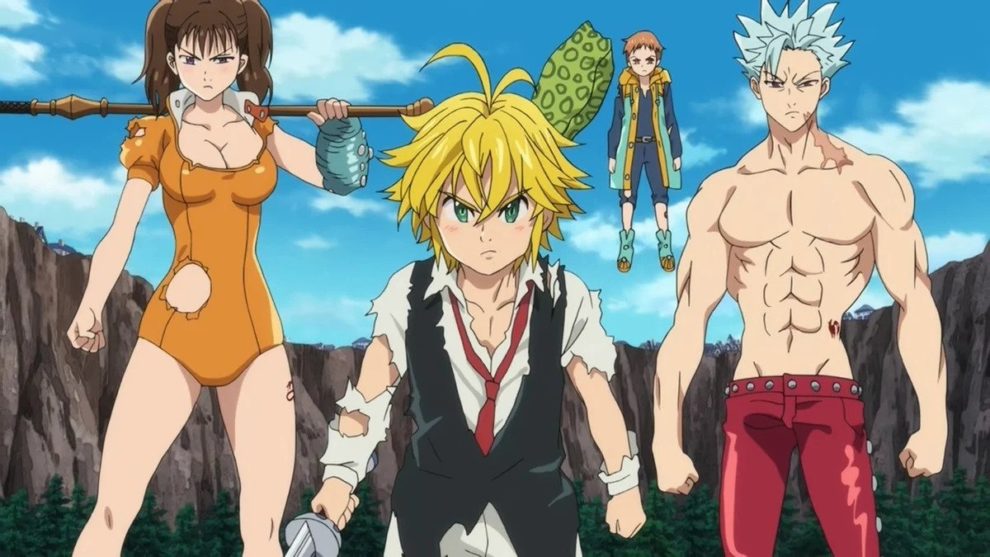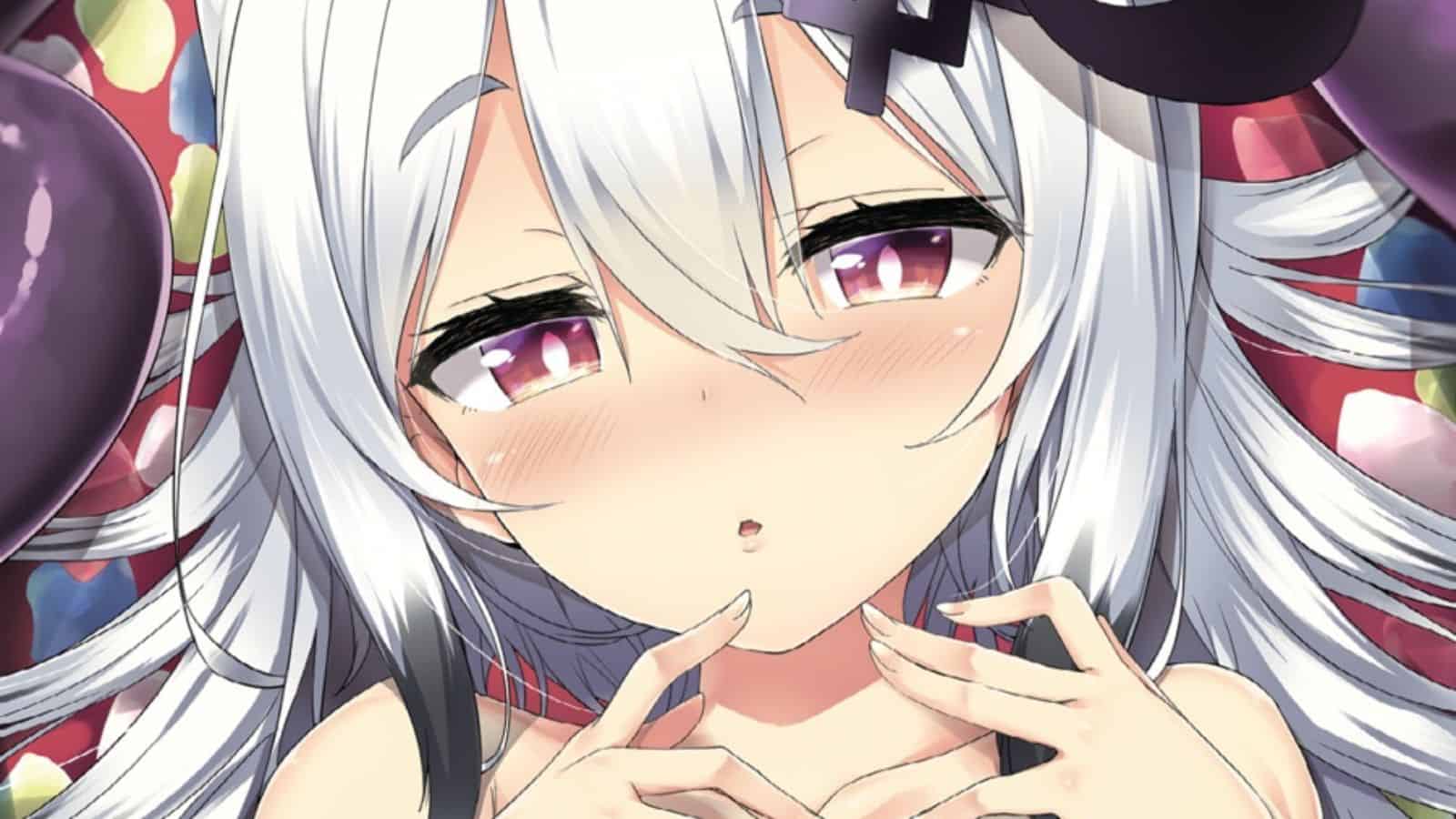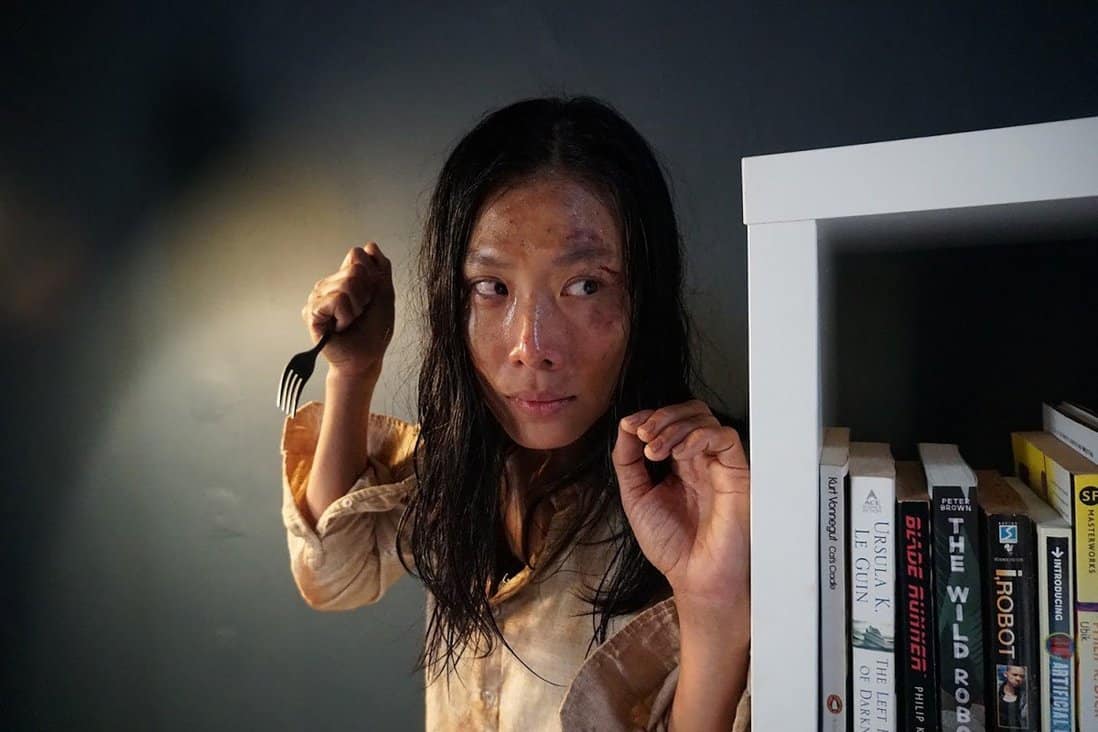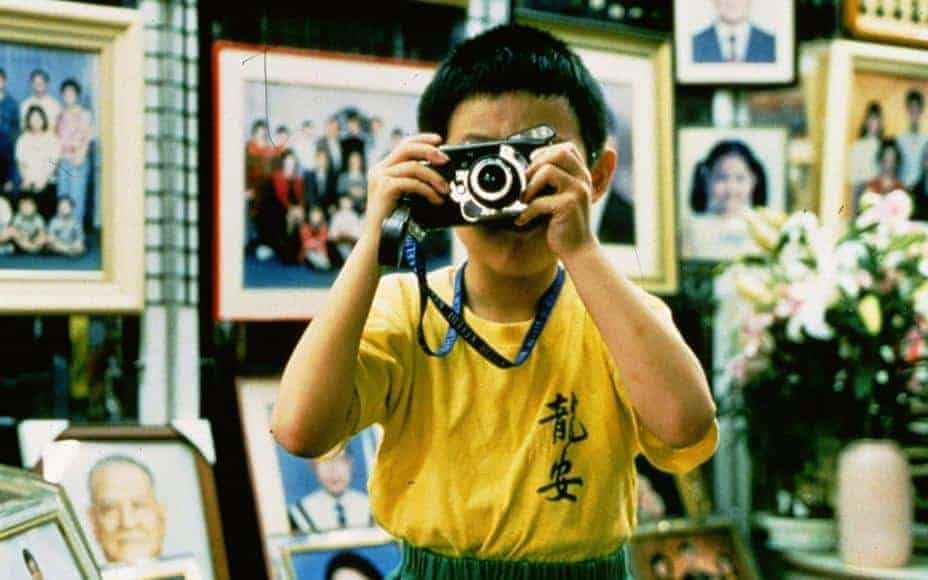Based on a Japanese fantasy manga series of the same name written and illustrated by Nakaba Suzuki, “The Seven Deadly Sins” may not bring something new to the vast plethora of shonen anime coming out from Japan, but includes enough elements to deem it a rather entertaining title.
The series begins in a tavern named the Boar Hat, run by the seemingly young owner and a rather foul-mouthed, talking pig named Hawk. A dangerous looking but also quite scruff knight enters the tavern, causing a ruckus with the customers, who think he is one of the Seven Deadly Sins, the strongest of the Liones's Kingdom's Holy Knight orders that have been branded as wanted criminals for supposedly betraying the kingdom ten years before. It turns out though, that the knight is actually a young woman named Elizabeth, who is seeking the Seven. The owner helps her evade a Holy Knight who seems to be on her heels, and learns that the Holy Knights staged a coup d'état and took control of Liones. The revelations continue as Elizabeth is proven to be the third princess of the country, while the owner is actually Meliodas, the Deadly Sins' captain and bearer of the Sin of Wrath, who is much older than his appearance suggests, not to mention a serial groper who cannot leave Elizabeth alone. Eventually, the three of them leave the area, on a gigantic pig that turns out to be Hawk's mother, in search for the rest of the Sins. Diane, a giant girl with a complex about her size, Ban, a narcissistic and quite violent man, and King, who is in love with Diane, all former Deadly Sins, gradually join their ranks.
Tensai Okamura implements an overall narrative style that seems to draw intently from “One Piece” although the setting here is a medieval/sword-and-magic one rather than focusing on the sea and pirates. As such, the title emerges as one addressed to kids for the most part, despite the fact that the fan-service in the presentation of most of the female characters and Meliodas's continuous groping of the rather sultry Elizabeth (even in front of her father at one point) points towards a more “mature” audience.
This approach actually extends to the slapstick humor of the series, with Hawk being the main source, particularly in the way he curses others by calling them pigs. The same applies to Keigo Sasaki's character design, particularly for Meliodas, who is a kid in terms of appearance, and the overall backgrounds and colors, all of which are quite bright and vivid.
Despite the overall cheerfulness, starting with the arc in Necropolis, the series takes a more dramatic turn, which becomes even more intense closer to the end of the season, as the background of some of the villains, that are eventually revealed as victims, as much as Elizabeth's story, come to the fore. At the same time, the battles become more and more intense, with the final arc definitely being or of epic proportions, involving many characters and numerous battle stages, in a style much reminiscent of the great moments of “Naruto”. The overall animation of A-1 Pictures finds its apogee here, with the only thing missing being for someone crucial to die, in order to add a bit more drama, and subsequently impact to the story. Also of note is the love quartet that is eventually shaped, involving Meliodas, Elizabeth, King and Diane, as much as the common backstory of King and Ban, in two elements that add some more depth to the story.
Despite the addressed-to-children premise of the series, “The Seven Deadly Sins” actually emerges as a title that can be easily watched by older viewers, particularly for its battles and drama, in an overall quite entertaining and easy to watch anime.
















